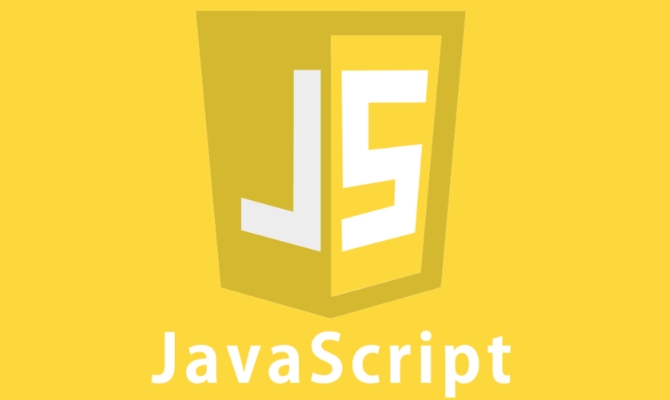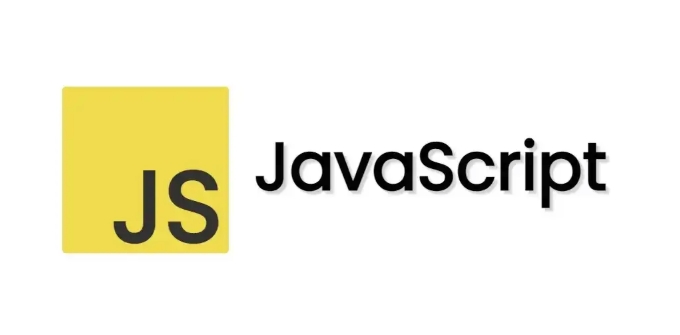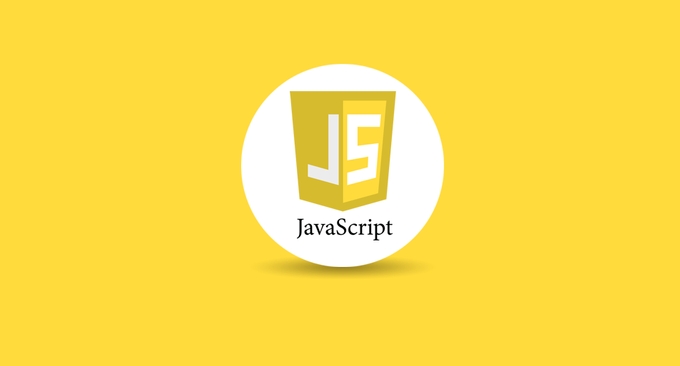Implementing WebSockets for real-time applications with JavaScript
Jul 13, 2025 am 01:49 AMWebSocket is a network protocol that implements full duplex communication between browsers and servers. Compared with traditional polling methods, it has lower latency, less bandwidth consumption and stronger real-time performance. Its core advantages include: 1. Reduce latency: no need to establish frequent connections; 2. Reduce bandwidth usage: avoid duplicate HTTP header information; 3. Strong real-time: The server can actively push messages. The front-end realizes communication by creating WebSocket instances and listening to open, message, error, and close events; the back-end such as Node.js can use the ws library to build services. Pay attention to when using: 1. Handle connection failures and downgrade solutions; 2. Add an automatic reconnection mechanism; 3. Use wss encryption to ensure security; 4. Unified message format such as JSON. Rationally managing connections and exception handling is the key to stable operation.

WebSocket is a very practical tool in JavaScript real-time applications. It can establish a persistent connection between the browser and the server and realize two-way communication. Compared with the traditional polling method, WebSocket is more efficient and responsive, and is especially suitable for chat applications, real-time data updates and other scenarios.

What is WebSocket?
WebSocket is a network protocol that allows a persistent connection between the client and the server to communicate with full duplex (i.e. both parties can send and receive messages). This is different from HTTP request/response mode, where HTTP requires a new connection to be established for each request, while WebSocket requires only one handshake to communicate continuously.

The benefits of using WebSocket include:
- Lower latency: No frequent HTTP request overhead
- Less bandwidth consumption: no duplicate header information is required for each communication
- Strong real-time performance: the server can actively push messages to the client
How to use WebSocket on the front end?
Using WebSocket on the browser is very simple. You just need to create a WebSocket instance and listen to events:

const socket = new WebSocket('ws://example.com/socket');
socket.addEventListener('open', function (event) {
console.log('Connection established');
socket.send('Hello Server!');
});
socket.addEventListener('message', function (event) {
console.log('Received message:', event.data);
});Common events include:
-
open: Triggered after the connection is established -
message: fired when a server message is received -
error: Triggered when an error occurs -
close: Triggered when the connection is closed
You can add your own business logic to these event handling functions, such as updating page content, displaying notifications, etc.
How to support WebSocket in the backend?
Different backend languages have different implementation methods for WebSocket. Taking Node.js as an example, you can use the ws library to quickly build WebSocket services:
const WebSocket = require('ws');
const wss = new WebSocket.Server({ port: 8080 });
wss.on('connection', function connection(ws) {
ws.on('message', function incoming(message) {
console.log('received:', message);
ws.send(`server response: ${message}`);
});
});In this example, we create a WebSocket server that listens to port 8080. When there is a client connection, it listens for its message and sends a response back.
If you are using a framework like Express, you can also use ws and Express to let WebSocket and HTTP share a port.
What should I pay attention to when using WebSocket?
Although WebSocket is very powerful, there are some things to pay attention to in actual use:
- Handling of connection failure : Not all environments support WebSocket, such as some old proxy or firewalls that may block connections. It is recommended to downgrade, such as switching to long polling.
- Reconnection mechanism : Network instability may cause connection disconnection, and it is best to add automatic reconnection logic to the client.
- Security : Use
wss://(WebSocket Secure) to encrypt transmissions to avoid man-in-the-middle attacks. - Message format specification : It is recommended to use JSON format to deliver messages in a unified manner to facilitate front-end and back-end parsing.
For example, adding a simple reconnect logic can be written like this:
let socket;
function connect() {
socket = new WebSocket('ws://example.com/socket');
socket.addEventListener('close', () => {
console.log('Connection is closed, reconnect after 5 seconds');
setTimeout(connect, 5000);
});
}
connect();Basically that's it. Although WebSocket is not complicated, it is necessary to pay attention to connection management, exception handling and performance optimization to run stably.
The above is the detailed content of Implementing WebSockets for real-time applications with JavaScript. For more information, please follow other related articles on the PHP Chinese website!

Hot AI Tools

Undress AI Tool
Undress images for free

Undresser.AI Undress
AI-powered app for creating realistic nude photos

AI Clothes Remover
Online AI tool for removing clothes from photos.

Clothoff.io
AI clothes remover

Video Face Swap
Swap faces in any video effortlessly with our completely free AI face swap tool!

Hot Article

Hot Tools

Notepad++7.3.1
Easy-to-use and free code editor

SublimeText3 Chinese version
Chinese version, very easy to use

Zend Studio 13.0.1
Powerful PHP integrated development environment

Dreamweaver CS6
Visual web development tools

SublimeText3 Mac version
God-level code editing software (SublimeText3)

Hot Topics
 Java vs. JavaScript: Clearing Up the Confusion
Jun 20, 2025 am 12:27 AM
Java vs. JavaScript: Clearing Up the Confusion
Jun 20, 2025 am 12:27 AM
Java and JavaScript are different programming languages, each suitable for different application scenarios. Java is used for large enterprise and mobile application development, while JavaScript is mainly used for web page development.
 Javascript Comments: short explanation
Jun 19, 2025 am 12:40 AM
Javascript Comments: short explanation
Jun 19, 2025 am 12:40 AM
JavaScriptcommentsareessentialformaintaining,reading,andguidingcodeexecution.1)Single-linecommentsareusedforquickexplanations.2)Multi-linecommentsexplaincomplexlogicorprovidedetaileddocumentation.3)Inlinecommentsclarifyspecificpartsofcode.Bestpractic
 How to work with dates and times in js?
Jul 01, 2025 am 01:27 AM
How to work with dates and times in js?
Jul 01, 2025 am 01:27 AM
The following points should be noted when processing dates and time in JavaScript: 1. There are many ways to create Date objects. It is recommended to use ISO format strings to ensure compatibility; 2. Get and set time information can be obtained and set methods, and note that the month starts from 0; 3. Manually formatting dates requires strings, and third-party libraries can also be used; 4. It is recommended to use libraries that support time zones, such as Luxon. Mastering these key points can effectively avoid common mistakes.
 Why should you place tags at the bottom of the ?
Jul 02, 2025 am 01:22 AM
Why should you place tags at the bottom of the ?
Jul 02, 2025 am 01:22 AM
PlacingtagsatthebottomofablogpostorwebpageservespracticalpurposesforSEO,userexperience,anddesign.1.IthelpswithSEObyallowingsearchenginestoaccesskeyword-relevanttagswithoutclutteringthemaincontent.2.Itimprovesuserexperiencebykeepingthefocusonthearticl
 JavaScript vs. Java: A Comprehensive Comparison for Developers
Jun 20, 2025 am 12:21 AM
JavaScript vs. Java: A Comprehensive Comparison for Developers
Jun 20, 2025 am 12:21 AM
JavaScriptispreferredforwebdevelopment,whileJavaisbetterforlarge-scalebackendsystemsandAndroidapps.1)JavaScriptexcelsincreatinginteractivewebexperienceswithitsdynamicnatureandDOMmanipulation.2)Javaoffersstrongtypingandobject-orientedfeatures,idealfor
 JavaScript: Exploring Data Types for Efficient Coding
Jun 20, 2025 am 12:46 AM
JavaScript: Exploring Data Types for Efficient Coding
Jun 20, 2025 am 12:46 AM
JavaScripthassevenfundamentaldatatypes:number,string,boolean,undefined,null,object,andsymbol.1)Numbersuseadouble-precisionformat,usefulforwidevaluerangesbutbecautiouswithfloating-pointarithmetic.2)Stringsareimmutable,useefficientconcatenationmethodsf
 What is event bubbling and capturing in the DOM?
Jul 02, 2025 am 01:19 AM
What is event bubbling and capturing in the DOM?
Jul 02, 2025 am 01:19 AM
Event capture and bubble are two stages of event propagation in DOM. Capture is from the top layer to the target element, and bubble is from the target element to the top layer. 1. Event capture is implemented by setting the useCapture parameter of addEventListener to true; 2. Event bubble is the default behavior, useCapture is set to false or omitted; 3. Event propagation can be used to prevent event propagation; 4. Event bubbling supports event delegation to improve dynamic content processing efficiency; 5. Capture can be used to intercept events in advance, such as logging or error processing. Understanding these two phases helps to accurately control the timing and how JavaScript responds to user operations.
 What's the Difference Between Java and JavaScript?
Jun 17, 2025 am 09:17 AM
What's the Difference Between Java and JavaScript?
Jun 17, 2025 am 09:17 AM
Java and JavaScript are different programming languages. 1.Java is a statically typed and compiled language, suitable for enterprise applications and large systems. 2. JavaScript is a dynamic type and interpreted language, mainly used for web interaction and front-end development.






